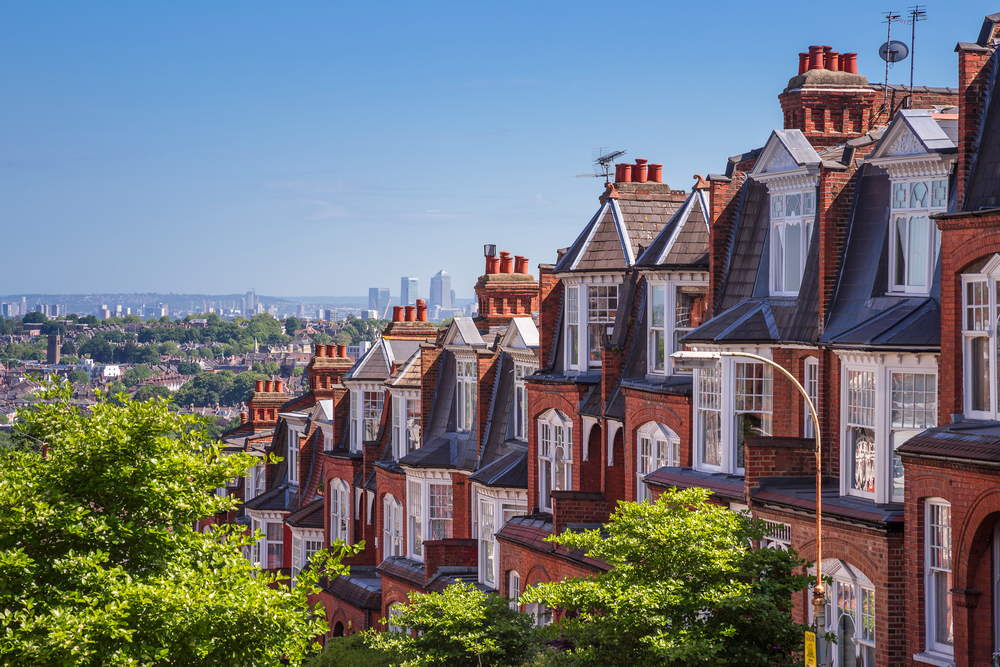News
Revealed: the London borough with 700% house price growth over 20 years

Hackney in North East London has experienced the fastest growth in house prices in the capital over the past 20 years, findings reveal.
Lloyds Bank research found that the average house price in Hackney has increased £530,700 (702%), from £75,569 in 1996 to £606,269 in 2016.
This compares to the average increase of almost 450% for the whole of London and 290% in England and Wales over the same period.
Big gains
Homes in Westminster saw the next largest increase in average prices over the past 20 years, from £190,438 (1996) to £1,424,388 (2016), followed by Southwark (626%).
Waltham Forest (617%) and Newham (612%) were among the six least expensive boroughs in 1996 but have now moved to one of the top five performing areas.
House prices in these areas have been boosted by the Olympic regeneration programme and improved travel links via the Dockland Light Railway (1987) and the Jubilee Line extension (1999).

Are you up to date with the latest vulnerability requirements?
Sponsored by Halifax Intermediaries
Price gap widens
Over the past 20 years, the gap in average house prices between London and England and Wales has widened from a difference of £33,834 (or 47%) in 1996 to £299,631 (107%) in 2016, with London’s ‘prime’ boroughs – Kensington and Chelsea, City of Westminster and City of London – having pulled even further apart. London house prices are now 5.72 times the England and Wales average, in comparison to 3.34 times in 1996.
Andrew Mason, Lloyds Bank mortgage director, said: “The last 20 years have seen substantial growth in house prices in London, especially in the most affluent areas of the City. The boom years between 1996 and 2008 saw the gap widening between house prices at the top end of the market and those in London’s inner and outer boroughs, creating two distinct markets – ‘prime’ and ‘mainstream’.
“However, while those boroughs at the top end have pulled away considerably from the rest of London and the country in terms of house prices, improved transport links to the city from the outer boroughs and the 2012 Olympic Games has meant that the boroughs directly benefitting from these have seen house price growth outpace the prime areas in recent years.”
